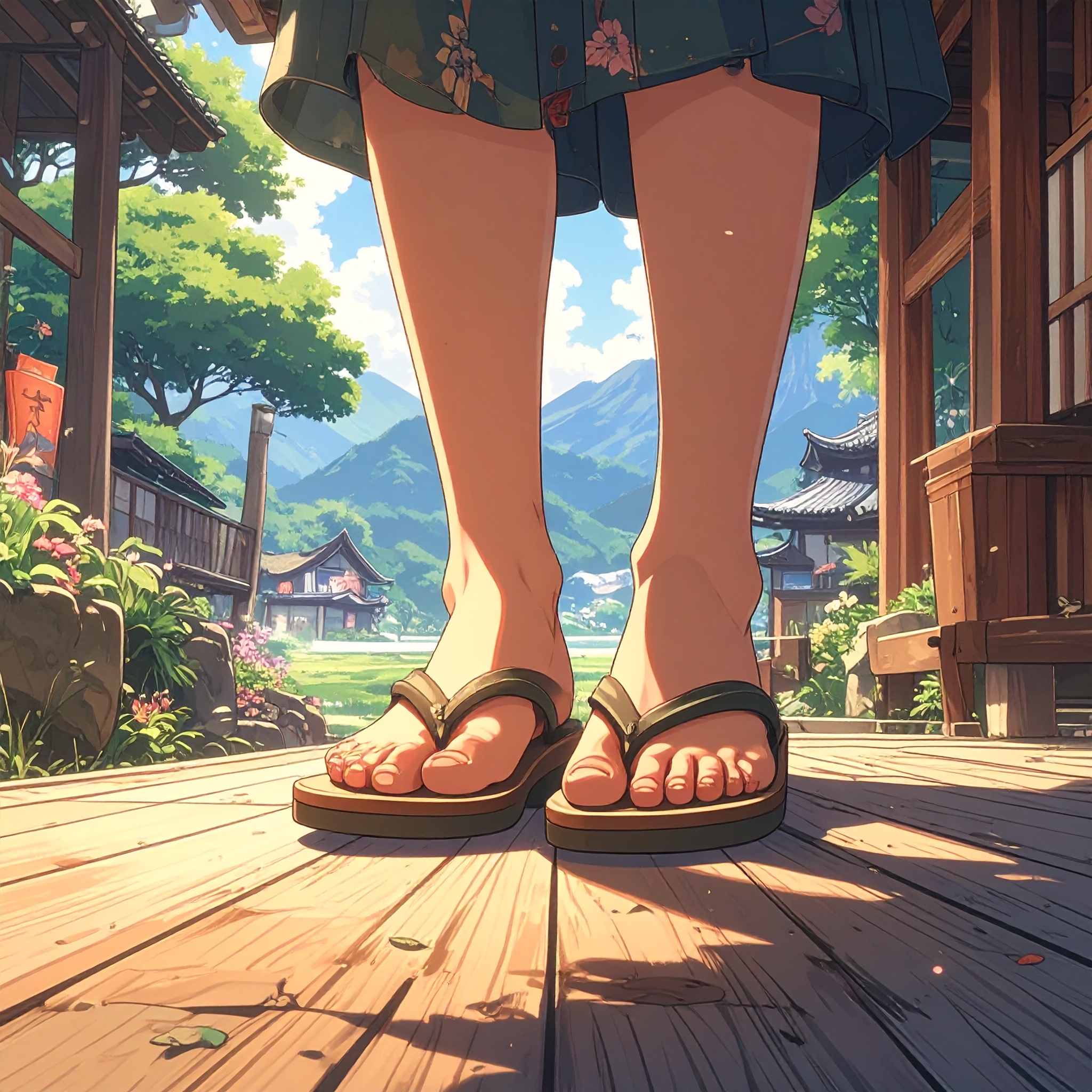Removing your shoes at the entrance and stepping onto tatami mats barefoot or in socks. Changing into indoor slippers and walking quietly through the room. In Japan, this “culture of taking off shoes” is more than just a practical custom—it reflects a deep sense of cleanliness, respect, and a refined awareness of boundaries within a space. At a ryokan, Japan’s traditional inn, this cultural mindset becomes an immersive part of the guest experience—one that can shift how visitors perceive the very act of travel.
From the moment you check in to a ryokan, you are introduced to this way of life. Removing your shoes at the entrance and placing them neatly in a cubby or shelf is a symbolic act—marking the clear division between the outer world and the inner sanctuary of rest. It is the first step in understanding how Japanese people perceive and care for space.
Inside, you wear slippers—but when entering a room with tatami flooring, you remove them again. Walking barefoot on tatami introduces a sensory shift: the gentle texture underfoot, the quiet mindfulness it encourages in your movements. The soft, springy feel of tatami offers a kind of grounded comfort that is rarely experienced in cultures centered around shoes and chairs—what might be called Japan’s “floor culture.”
These actions are not just about cleanliness. They carry deeper meanings: showing respect for shared space, signaling transitions between tension and relaxation, and cultivating a quiet awareness of one’s body and surroundings. Ryokan staff gently guide guests through these customs—offering slippers, turning them to face the guest, or helping with shoe storage. Their attentive gestures, though subtle, embody the essence of Japanese hospitality.

For families traveling with children, the practice of removing shoes becomes a valuable cultural learning experience. At first, young guests may feel confused by the unfamiliar rules of when and where to take off or put on footwear. But over time, they begin to understand and internalize the rhythm of Japanese customs. Questions like, “Why do we take off our shoes?” or “Why don’t we wear slippers on tatami?” prompt meaningful conversations, offering adults a chance to reflect as well. It’s a moment where family communication deepens, sparked by shared discovery.
For international travelers, the custom of removing shoes is often one of the first surprises upon arriving in Japan. Yet it quickly becomes one of the most appreciated aspects of their stay, offering a sensation of cleanliness and comfort unlike any other. Many ryokan provide multilingual signage and illustrated etiquette guides to ease cultural differences, helping guests feel welcome and fully immersed in the Japanese experience.
Some inns even offer mini-lectures on footwear etiquette or hands-on opportunities to try on traditional zōri sandals or geta wooden clogs. These activities let visitors explore Japanese culture literally “from the ground up.” The neatly arranged slippers at the entrance, the tabi socks in the guest room, and the geta worn on the way to the hot spring—all express the quiet thoughtfulness behind Japan’s approach to dressing and undressing the feet.
The habit of removing shoes is more than a simple rule—it’s a form of wisdom that brings harmony to spaces and relationships. Learning this practice naturally within the setting of a ryokan offers visitors a deeper appreciation of Japanese values.
With each step into a new space, the world seems to grow quieter. There are things you only begin to notice once your shoes are off.




